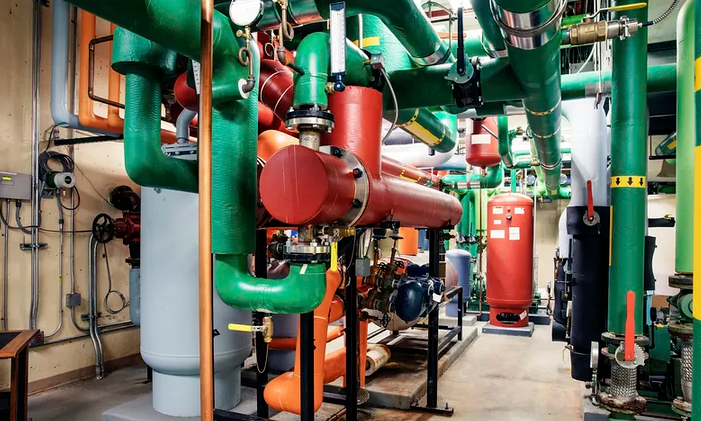MEP design services play a crucial role in the construction industry. MEP stands for Mechanical, Electrical, and Plumbing. These systems are critical to the functionality and safety of any building. MEP design services are responsible for the design, installation, and maintenance of these systems. In this article, we will discuss the importance and benefits of MEP design services.
Importance of MEP Design Services
- Functionality: MEP systems are responsible for the functionality of a building. For example, the mechanical system includes the heating, ventilation, and air conditioning (HVAC) system, which is responsible for providing a comfortable environment for the occupants. The electrical system provides power to the building and its systems, while the plumbing system is responsible for water supply, drainage, and waste disposal. Without proper MEP design services, a building may not function as intended, leading to discomfort, safety hazards, and even legal issues.
- Safety: MEP systems are also critical to the safety of a building. For example, the HVAC system is responsible for maintaining indoor air quality, which can affect the health of the occupants. The electrical system must be designed and installed correctly to prevent electrical hazards such as shock and fire. The plumbing system must be designed and installed correctly to prevent water damage, leaks, and contamination. Proper MEP design services ensure that a building is safe for its occupants and meets all safety codes and standards.
- Energy Efficiency: MEP systems are responsible for a significant portion of a building’s energy consumption. Proper MEP design services can optimize the systems to reduce energy consumption and lower energy costs. For example, an efficient HVAC system can reduce the amount of energy needed to heat and cool a building. An efficient lighting system can reduce the amount of energy needed for lighting. MEP design services can also incorporate renewable energy systems such as solar panels and geothermal systems to further reduce energy consumption.
Benefits of MEP Design Services
- Cost Savings: Proper MEP design services can help reduce construction and operating costs. MEP systems are responsible for a significant portion of construction costs, and proper design can help reduce these costs. For example, an efficient HVAC system can reduce the size of the system and reduce the amount of ductwork needed, reducing installation costs. An efficient lighting system can reduce the number of fixtures needed, reducing material and installation costs. Proper MEP design services can also help reduce operating costs by optimizing the systems for energy efficiency.
- Improved Comfort: Proper MEP design services can improve the comfort of a building’s occupants. An efficient HVAC system can provide a comfortable indoor environment, regardless of the outdoor temperature. An efficient lighting system can provide appropriate lighting levels for different areas of the building, reducing eye strain and fatigue. Proper plumbing design can ensure that the water supply and drainage systems work effectively, providing clean water and efficient waste disposal.
- Sustainability: MEP design services can help promote sustainability by reducing energy consumption and incorporating renewable energy systems. This can help reduce the environmental impact of a building and contribute to a more sustainable future. Proper MEP design services can also incorporate sustainable materials and construction methods to further reduce the environmental impact of a building.
MEP Design Services Process
The MEP design services process typically includes several stages:
- Design Brief: The design brief outlines the project requirements, goals, and constraints. This includes the building’s function, size, location, and budget.
- Concept Design: The concept design stage involves developing the initial design concepts for the MEP systems. This includes identifying the systems required, determining the system capacities, and evaluating different options.
- Schematic Design: The schematic design stage involves developing the detailed design of the MEP systems. This includes identifying the equipment and materials required, developing the layout, and preparing the specifications.
- Design Development: The design development stage involves refining the schematic design and preparing detailed drawings, schedules, and specifications. This stage also involves coordination with other design disciplines to ensure that the MEP systems are integrated with the overall building design.
- Construction Documentation: The construction documentation stage involves preparing detailed construction drawings, specifications, and other documents required for construction.
- Bidding and Negotiation: The bidding and negotiation stage involves obtaining bids from contractors and negotiating the contract terms.
- Construction Administration: The construction administration stage involves overseeing the construction process to ensure that the MEP systems are installed correctly and that the project is completed on time and within budget.
Conclusion
MEP design services are critical to the functionality, safety, and efficiency of any building. Proper MEP design services can help reduce construction and operating costs, improve comfort, and promote sustainability. The MEP design services process involves several stages, from the initial design concepts to the construction administration. It is essential to work with experienced MEP design service providers to ensure that your building’s MEP systems are designed and installed correctly.
